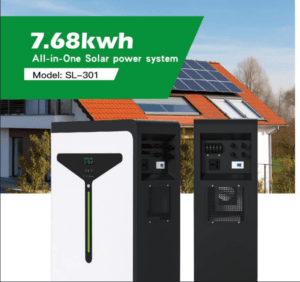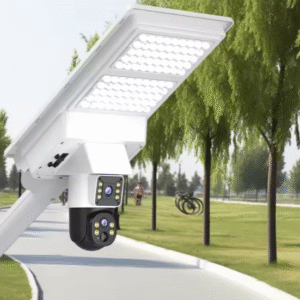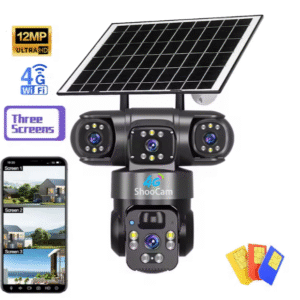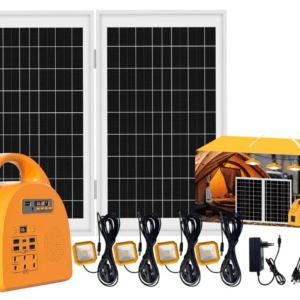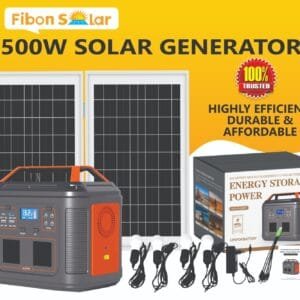Going off-grid is an empowering decision that allows homeowners to become self-reliant and free from rising energy costs. However, installing an off-grid solar system requires careful planning, precise calculations, and a clear understanding of your energy needs. This comprehensive guide will take you through each step of the process, from calculating your power requirements to selecting the right components and installing your system.
Calculating Your Energy Requirements
- List Your Appliances: Start by listing all the appliances you plan to power with your off-grid system, including their wattage and estimated daily usage in hours.
- Determine Total Energy Consumption: Calculate the total energy consumption by multiplying each appliance’s wattage by the hours of use per day, then sum up these values to get your daily energy requirement in watt-hours (Wh).
- Factor in Battery Storage: Add a buffer to your energy calculation to account for inefficiencies and potential future increases in power usage. This ensures your battery storage system can handle unexpected surges in demand.
Choosing the Right Solar Panels
- Panel Efficiency and Size: Explain how to select the right number of solar panels based on your daily energy needs, panel efficiency, and available roof space.
- Orientation and Tilt: Discuss the importance of positioning your panels at the correct angle to maximize sunlight exposure throughout the year.
Selecting Inverters and Charge Controllers
- Inverter Sizing: Guide readers on how to choose an inverter that matches the power needs of their appliances, including peak load considerations.
- MPPT vs. PWM Charge Controllers: Explain the difference between Maximum Power Point Tracking (MPPT) and Pulse Width Modulation (PWM) charge controllers, and how they optimize battery charging.
Installation Process
- Mounting the Panels: Provide step-by-step instructions on securely mounting solar panels, ensuring they are weather-resistant and correctly oriented.
- Wiring and Connections: Detail the process of connecting solar panels to the charge controller, inverter, and battery bank, emphasizing safety precautions.
- System Testing and Monitoring: Explain how to test the system to ensure it’s functioning correctly and how to use monitoring tools to track performance over time.
Installing an off-grid solar system is a significant investment that requires meticulous planning and execution. By following this guide, you’ll have the knowledge to design a system that meets your energy needs and provides long-term benefits. For those who prefer professional assistance, Eskaykay Electronics offers expert installation services to bring your off-grid vision to life.


